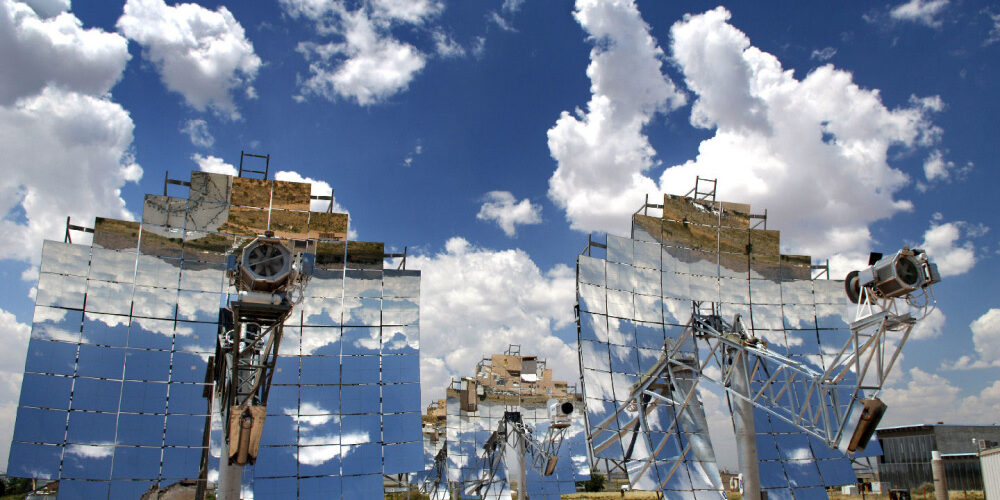Desert areas, due to their unique climatic characteristics – high temperatures, scarce rainfall, long sunshine hours, scarce clouds and intense sunlight – make them ideal for photovoltaic power generation. These unique conditions ensure that photovoltaic panels can operate efficiently and stably in the desert, thereby ensuring long-term, high-intensity solar energy reception, which greatly promotes the improvement of photoelectric conversion efficiency and power generation. Therefore, desert areas have shown incomparable potential and development prospects in the field of photovoltaic power generation.
However, despite these natural advantages, the construction of desert photovoltaic power plants still faces multiple challenges. Frequent dust and sand weather can cover photovoltaic panels, reducing their conversion efficiency, and harsh environmental conditions, such as scarce water, lack of vegetation, huge temperature differences, and low nights, make it extremely difficult for equipment to operate and maintain normally. In addition, the remote location of desert areas makes grid access a huge challenge, and how to efficiently connect and transmit power to demand centers has become an urgent problem to be solved. At the same time, high O&M costs are also an important factor restricting the development of photovoltaic power plants in desert areas. Therefore, despite the huge potential of desert areas, due to these complex challenges, many countries still carefully consider desert areas when choosing to build PV power plants, resulting in relatively few construction of desert PV power plants.
However, China has shown a clear advantage in photovoltaic power generation projects, and has accumulated many successful project experience through unremitting efforts over the years. Take the Kubuqi Desert, for example, a vast sandy land with an area of 15,600 square kilometers, which has now transformed into a shining pearl of China’s photovoltaic technology. As of 2023, the photovoltaic power generation and sand control project in the Kubuqi Desert has been put into operation with a cumulative power generation capacity of 6.5 billion kWh, providing a stable and reliable power supply for residents in Inner Mongolia for more than ten years.
The success of this project not only demonstrates China’s leading position in photovoltaic power generation technology, but also demonstrates China’s strong commitment to renewable energy and environmental protection. Globally, China’s PV projects have shown significant advantages, accounting for almost half of the world’s installed capacity. With the world’s most complete industrial chain, policy support, high technology level, high efficiency, low cost and sound upstream and downstream supporting facilities, China’s photovoltaic industry has stood at the peak of the global industry.
Driven by the global carbon neutrality policy, China’s photovoltaic position will become more prominent, continuing to lead the global industrial supply pattern and be able to meet the growing global demand. At present, China PV has entered a number of international large-scale projects, such as the 2.6GW photovoltaic project in Al Shubach in Saudi Arabia, the 1,600 MW combined cycle power plant project in Syr Darya Phase II in Uzbekistan, and the DEWA VI photovoltaic project in Dubai, making great contributions to the transformation and sustainable development of the global energy structure.
Looking forward to the future, with the continuous progress of technology and the accumulation of experience, we have reason to believe that China will make more brilliant achievements in the field of photovoltaic power generation, create more environmental protection contributions for the world, and jointly build a clean and beautiful world.






